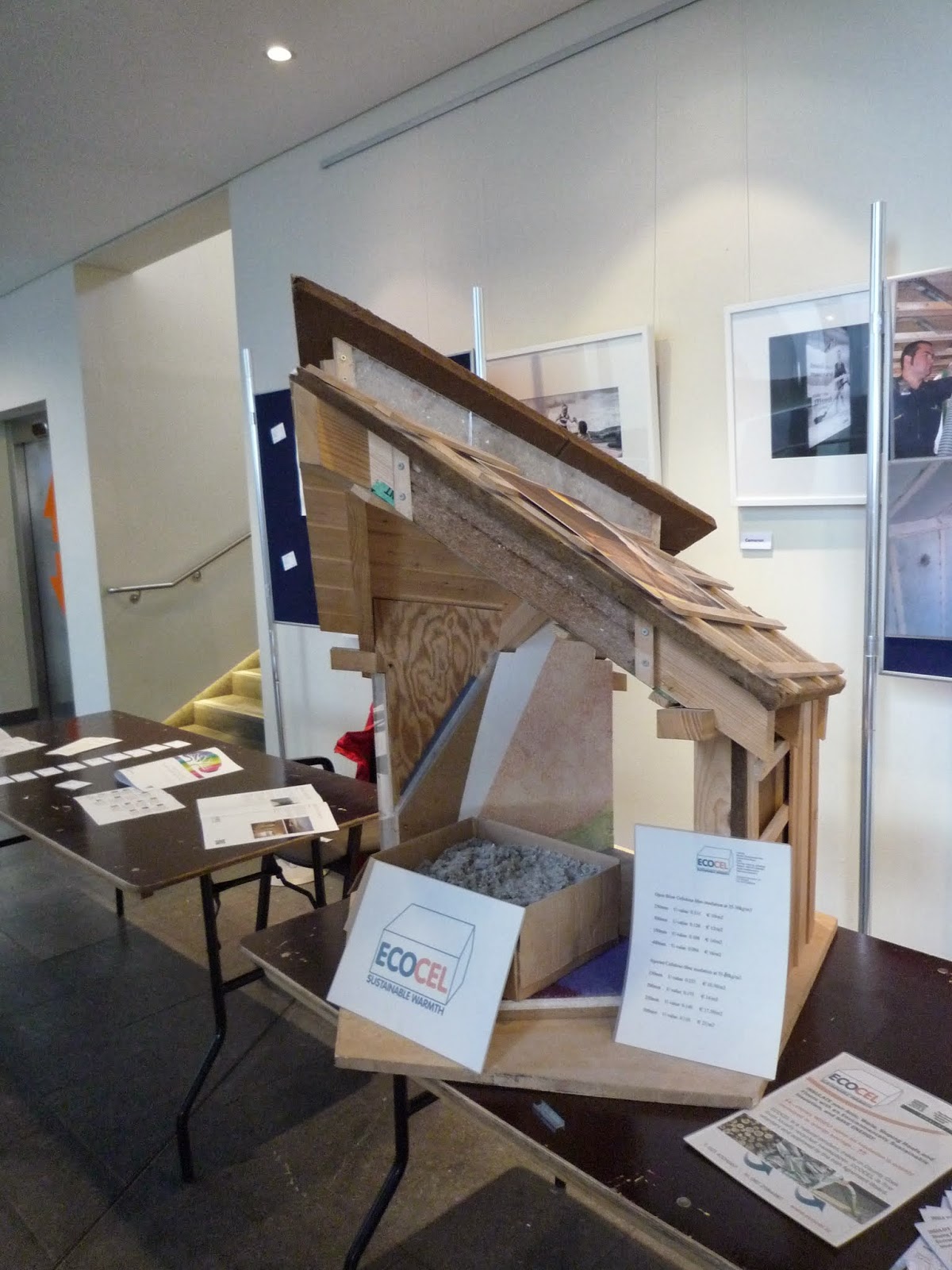On Wednesday November 27th delegates to a special session of the Scottish Government’s Cross Party Group on Architecture and the Built Environment to hear how using locally sourced building materials is not only good for the environment, but can create skilled jobs and support regeneration – particularly in rural and economically deprived areas.
The meeting was sponsored by Mike MacKenzie, MSP for the Highlands and chaired by Jean Urquhart, MSP for the Highlands and Islands, and supported by Glasgow Caledonian University, the Royal Incorporation of Architects in Scotland (RIAS), the Alliance for Sustainable Building Products (ASBP) and Architecture and Design Scotland (A+DS).
The Group heard evidence from members of Glasgow Caledonian University’s Natural Energy Efficiency and Sustainability (NEES) Project [1]; Richard Atkins of the Royal Incorporation of Architects in Scotland (RIAS) [2]; John Easton of SUSTaim [3], a carbon footprinting consultancy specialising in the built environment; and Sita Goudie of Enviroglass [4], an innovative social enterprise based on Shetland that uses the islands’ waste glass to make decorative and sustainable paving and surfacing products.
Using locally sourced natural and recycled building materials, as opposed to higher tech solutions made from plastics and other unsustainable materials, are also much more in keeping with Scotland’s architectural and cultural heritage, so securing the future of these industries will also secure the future of the traditional buildings that form part of the Scottish identity.
Dr Keith Baker of GCU’s NEES Project said, “Whether you’re interested in fighting climate change, creating jobs, regenerating communities, preventing the loss of traditional skills, or just keeping Scotland Scottish, using locally-sourced sustainable building materials is a win-win solution all round”.
Mike MacKenzie MSP said, “I was delighted to help facilitate this meeting not least because there is considerable scope in Scotland for increasing the sustainability of our building practice better utilising locally sourced and sustainable materials, which will in turn help support local economies and help maintain the reservoir of local skills associated with the use of these materials. We have an opportunity to forge a new vernacular with regional distinctiveness which builds on the best practice of the past, deals with the challenges and opportunities of the present day and also looks to the future, embracing our current technology and capability.”
Jean Urquhart MSP described the event as “An extraordinarily good and interesting evening” and promised to help the group take forward the unanimous message that the Scottish Government could unlock significant environmental, economic and social benefits by enabling producers and users of sustainable building materials to compete more equally with more modern mass-produced products.
For more information on the products and services being promoted by the NEES Project please download our brochure of Best Practices, available at www.sustainablebuildingmaterials.org
Notes
1. The Natural Energy Efficiency and Sustainability (NEES) Project is a partnership of eight agencies in five different European regions (Scotland, Ireland, Northern Ireland, Sweden and Greenland) led by the Cork Centre for Architectural Education, University College Cork. The project is funded by the European Union’s Northern Periphery Programme and includes over 26 universities, building research centres, social enterprises, social housing organisations, regional development partnerships from across Northern Europe. In Scotland the project is led by Glasgow Caledonian University in partnership with Historic Scotland and Irvine Housing Association.
To date the project has accredited 14 products and services as examples of best practice in using locally-sourced sustainable building materials, including 4 from Scotland. These are Enviroglass (Shetland), Locate Architects (Dunblane), Ecological Architecture (Tombreck, near Aberfeldy), and Inzievar Woodlands (Oakley, near Dunfermline).
A brochure showcasing some of the best practices and more details of the project can be downloaded from the NEES Scotland website at: www.sustainablebuildingmaterials.org
The international NEES website, which includes details on how to apply to become a best practice, can be found at: www.neesonline.org
2. RIAS - www.rias.org.uk/
3. SUSTaim - www.sustaim.com
4. Enviroglass – www.enviroglass.co.uk
More photos from the event are available. Please email keith.baker@gcu.ac.uk








